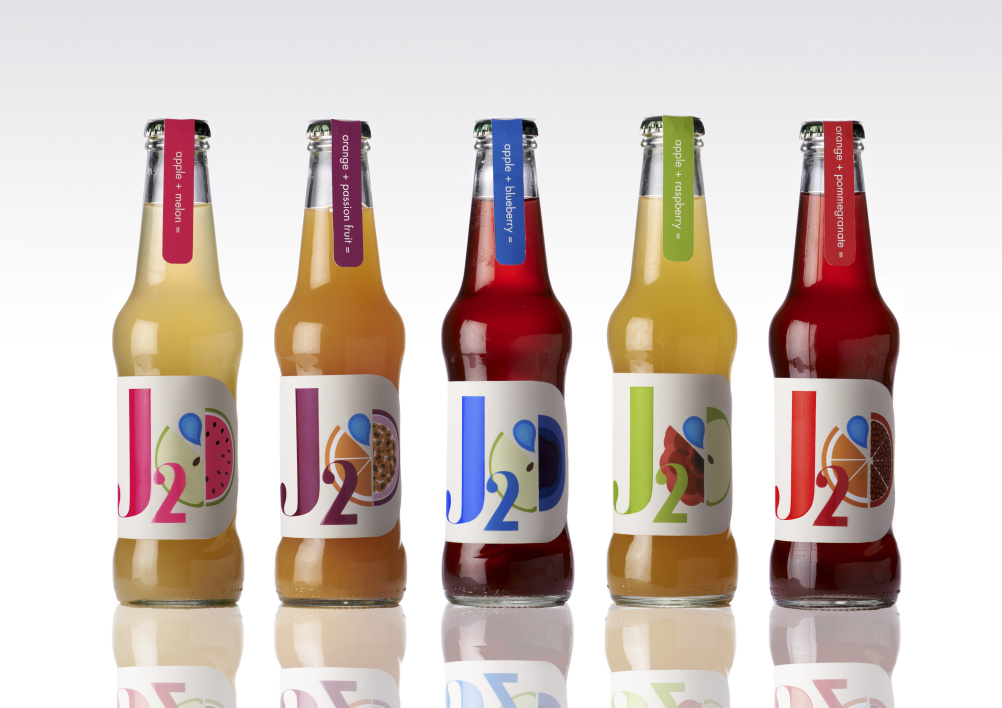Nurturing design’s newest talent

It’s that time of year again, when graduate designers flood out of their colleges, gripping portfolios brimming with ideas (and hope). That time of year that always gets me to thinking about the best way to grow talented designers. How can consultancies encourage that transition from talented student to indispensable designer? How can they create an exciting studio full of homegrown talent? Can new juniors be taught to have outstanding ideas for real world briefs or is it an innate ability?
Firstly it’s vital to create a studio that is the destination of choice for talented new graduates, to create a great studio atmosphere with a portfolio of clients to match.
At Design Bridge we also run a student competition every year, where those about to graduate get a taste for a real brief that helps them get real insight into the demands of a real design studio.
From the start of their resulting placement, the winners know that all they need to do to succeed is reflect the same brilliance and flair they showed in their competition entry. Easy, right? Well, actually, it seems so. Many of the established designers, seniors and design directors in our studio are former competition winners.

And of course, getting the right graduates into the right roles gives the best chance of a successful transition from graduate to real-world designer. Beyond that consultancies need to create the right environment in which they can flourish. We’ve found it increasingly useful to pair new recruits with a mentor within their team. We don’t underestimate what a shock it can be to move from a degree course to a busy studio. This mentoring gives the graduate the opportunity to have a voice within the studio, while giving them a clear understanding of what is expected of them in their new role. It also encourages more established designers to pass on their knowledge and techniques for coming up with ideas to the next generation.
But what about the everyday life of a new recruit? Development of new recruits seems to be a fine balance between giving them the freedom to have ideas, but not an overwhelming amount of responsibility. Personally I try to encourage juniors not to over-think things – just imagine you’re still doing a college brief and get everything that’s in your head out on paper, even if you’re not sure if it’s right. We can worry about what’s right for the brand later, as a team.
A perfect example of this is our recent work for Walkers TigerNuts. The idea for the design came from one of our newest recruits, who at the time was working as a placement within the studio. With the permission to brain-dump and without the pressures of unfeasible demands from ‘on high’, it’s amazing what the freshness and unbridled creativity of a graduate mind can achieve.

Allowing this freedom can also mean giving designers the opportunity to meet clients at a very early stage in their career. It’s not right for everyone, but you often get better results when designers get an understanding of the client first hand. As we’ve all discovered along the way, there’s nothing like the feeling of knowing that you have to justify your designs to a client to sharpen your thinking.
Lastly – it’s important to offer a ‘varied diet’ for junior designers by giving the opportunity to rotate between design teams. At Design Bridge, the idea of variety also manifests itself in internal studio design competitions, where a particularly exciting brief is offered to the whole agency to submit their thoughts – even if it’s just a scribble. The work is then reviewed with no clue as to if whether was submitted by a junior designer or a creative director. This often leads to new recruits getting recognition for their thinking and building real confidence.
And it’s vital to remember that the relationship between the new blood and the more seasoned creatives is most definitely a two-way street. While we may provide the wisdom, world view and experienced voice of reason, they bring with them a positive, untainted attitude, a fresh view on the world and an infectious enthusiasm. No matter what the degree, no matter what the brief, it seems seniors have as much to learn from design graduates as they have to learn from us.
Asa Cook is creative director at Design Bridge.
-
Post a comment




